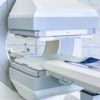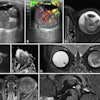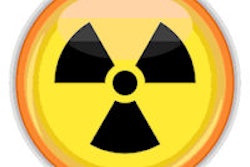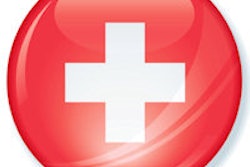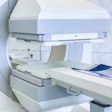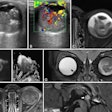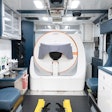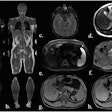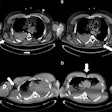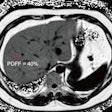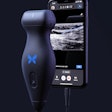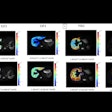Dear Healthcare Informatics Insider,
Radiation dose-monitoring software offers a number of benefits, including alerts for imaging studies with abnormally high dose levels. But that's only the beginning of what this technology can bring to healthcare institutions, according to a number of presentations at the recent ECR 2016 in Vienna.
A Belgian team of researchers described how they leveraged data from dose-monitoring software to facilitate important workflow changes. What did they achieve? Click here for our coverage.
In another study presented at ECR 2016, a Swiss group shared how they used their dose-monitoring software to optimize CT protocols and achieve significant reductions in mean effective dose to patients. Click here to find out how the team did it.
This year is shaping up to be a big one for clinical decision support in Europe, thanks to the launch of the European Society of Radiology (ESR) iGuide pilot programs in hospitals in at least five countries. Contributing writer Cynthia E. Keen has our report, which you can access here.
IT topics such as mobile devices, cloud-based PACS, and radiation dose-monitoring technologies were among our top 5 trends from ECR 2016.
In other articles this month in our Healthcare Informatics Community, the ESR's eLearning Editor Dr. Mario Maas has some tips for e-learning in radiology. You can read our report from contributing writer Dr. Christiane Nyhsen by clicking here.
Patients prefer learning about their surgeries via an animated video presentation on an iPad, according to a recent talk at the annual meeting of the European Association of Urology in Munich. Click here to find out why.
Some important radiology IT lessons were learned in the aftermath of the healthcare response to the Paris bombings in November. Click here to view our article by staff writer Frances Rylands-Monk.
If you have any tips or suggestions for topics you'd like to see covered in the Healthcare Informatics Community, please feel free to drop me a line.
